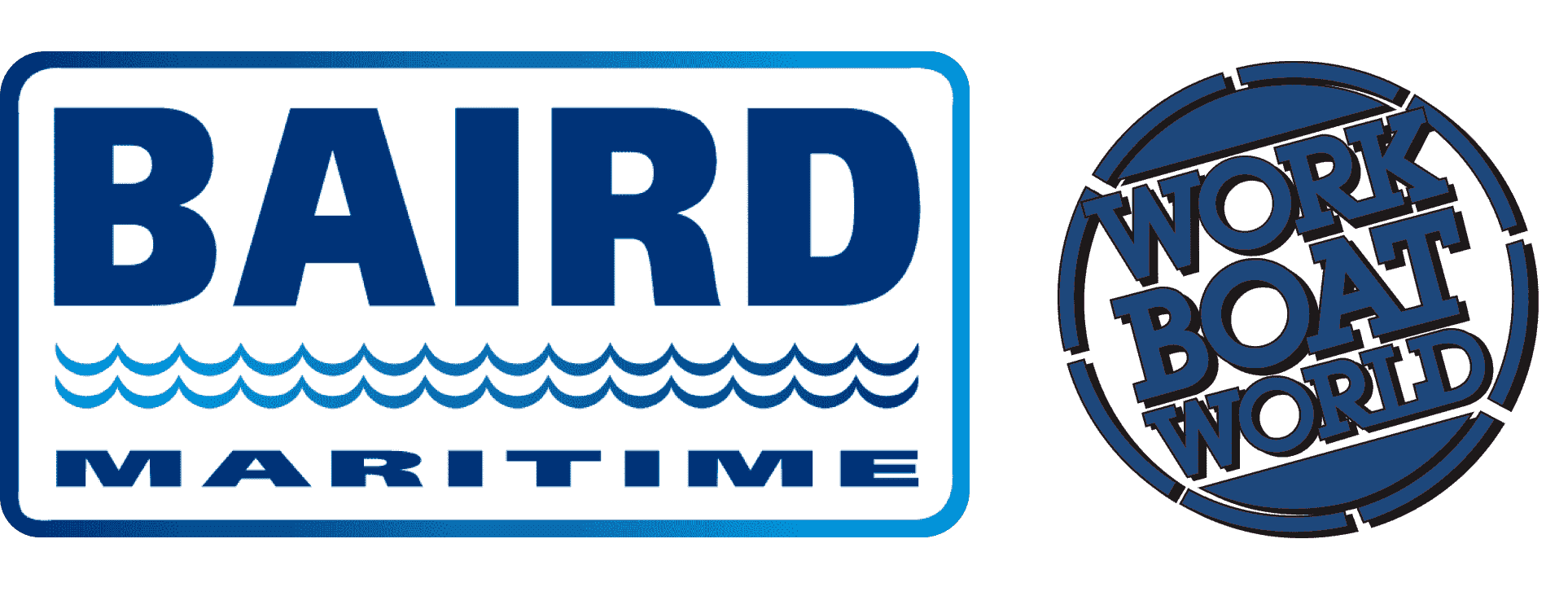VESSEL REVIEW | Chase Zero – Hydrogen-powered foiling chase boat for New Zealand sail racing team
Professional sailing team Emirates Team New Zealand (ETNZ) has begun operational sailings of a new hydrogen-powered, catamaran foiling chase boat prototype.
Named Chase Zero, the boat has an LOA of 10 metres, a beam of 4.5 metres, a draught of 2.2 metres, space for a crew of six, and fuel tanks for storing green hydrogen in gas form at a maximum pressure of 350 bar. ETNZ's own in-house design team was responsible for the boat's foil wings and the autopilot used to control the ride height.
The onboard tanks from are made from a plastic liner wrapped in carbon fibre to ensure the required strength. Each tank is capable of holding 8.4 kg, giving a total capacity of 33.6 kg when full.
Chase Zero is powered by two 80kW Toyota hydrogen fuel cells with one in each hull to provide most of the energy needed to power the boat. The hydrogen gas is passed through a catalyst that strips the electrons away from the H2 molecules. These electrons are used to power the boat and then return to the positively charged H+ ions that are combined with oxygen from the air, leaving nothing but pure water to exit the exhaust of the fuel cell. This electricity is then either stored in the battery, or fed directly into the electric motors that provide the propulsion to the boat via Mercury propellers.
ETNZ electrical engineer Michael Rasmussen said that the fuel cells provide the majority of the energy while the battery acts as a filter for the faster changes in power demand. The response time of the fuel cell is much slower than available from the battery, so during fast changes in demand, the battery supplies the difference to minimise any compromise in performance.
The battery is also used to achieve higher speeds. The boat can cruise at approximately 30 knots with the 160 kW generated from the fuel cells. However, to achieve the higher end speeds up towards 50 knots, the batteries may be tapped to supply up to around 420 kW for brief periods. The fuel cell will then re-charge the batteries once there is excess power available again.
During trials in the Hauraki Gulf, the hydrogen propulsion system demonstrated that a top speed of 50.3 knots can be reached. Long-endurance sailing is also possible, with six hours of continuous sailing at an average speed of 28.3 knots enabling the boat to cover approximately 151.2 nautical miles.
Chase Zero is set to undergo additional testing before it provides chase boat support for the 37th America's Cup race, which will be held in Barcelona, Spain, between September and October 2024.
| Chase Zero | |
| SPECIFICATIONS | |
| Type of vessel: | Racing chase boat |
| Port of registry: | Auckland, New Zealand |
| Flag: | New Zealand |
| Owner: | Emirates Team New Zealand |
| CAD software: | AutoCAD; Rhino; NX |
| Builder: | Emirates Team New Zealand |
| Hull construction material: | Carbon-nomex-foam sandwich |
| Superstructure construction material: | Carbon-foam sandwich |
| Deck construction material: | Carbon-foam sandwich |
| Length overall: | 10 metres |
| Beam: | 4.5 metres |
| Draught: | 2.2 metres |
| Displacement: | 4,800 kg |
| Propulsion: | 2 x Mercury propellers |
| Maximum speed: | 50.3 knots |
| Cruising speed: | 28 knots |
| Range: | 178 nautical miles |
| Batteries: | 4 x 42 kWh |
| Hydraulic equipment: | Hydrapulse |
| Electronics supplied by: | Global Bus |
| Depth sounder: | Simrad |
| Radio: | Simrad |
| Autopilot: | Emirates Team New Zealand |
| Compasses: | Quadrans; Certus |
| GPS: | Certus |
| Plotter: | Simrad |
| Monitoring system: | Emirates Team New Zealand |
| Other electronics: | Simrad |
| Anchor: | Fortress |
| Other equipment installed: | 2 x Toyota fuel cells, each 80 kW |
| Floor/deck surface finishes: | Carbon fibre; Seadek |
| Interior designer: | Emirates Team New Zealand |
| Firefighting equipment: | Fogmaker suppression system; hand-operated extinguisher |
| Type of fuel: | Hydrogen |
| Fuel capacity: | 33.6 kg |
| Crew: | 1 |
| Passengers: | 5 |


